Risk Characterization Is a Tool Used in Which Process
It implements EPAs March 1995 Risk Characterization Policy which improved on the foundation of the February 1992 Agency-wide policy for risk characterization. Risk characterizations range from simply plugging a dose into a dose response function to get a.

Microbiological Risk Assessment Quality Assurance Food Safety
It is a concise description of the estimates of potential risk and the strengths and weaknesses.
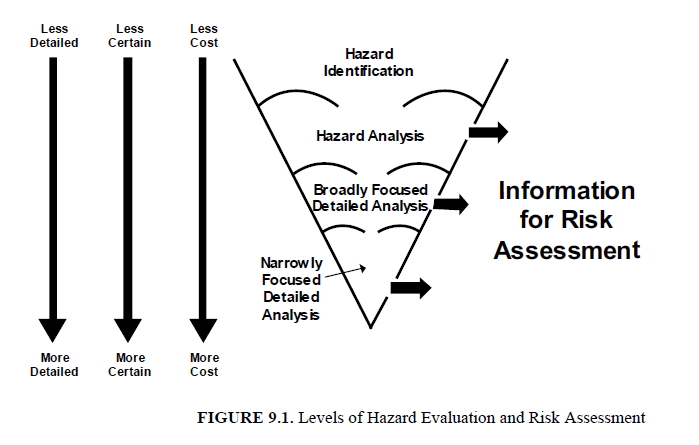
. Risk characterization is the final phase of an ERA and is the culmination of the planning problem formulation and analysis of predicted or observed adverse ecological effects related to the assessment endpoints assessment endpointsAn explicit expression of the environmental value to be protected operationally defined as an ecological entity and its. The 1994 NRC report Science and Judgment in Risk Assessment emphasized approaches to exposure and toxicity assessment and risk characterization as well as strategies for improving risk assessment in the areas of default options models data needs uncertainty variability and aggregation of risk. Determining potential exposures for airborne particulates or vapors involves characterizing the process or activity in which the chemical substance is used.
Once the risk characterization is finalized it may be used as the basis for producing fact sheets press releases technical briefings and other communication products. The required form of the risk estimate ie. Criteria for validating the risk model and outcomes.
If initial RCR1 certain risk management measures can be taken to effectively reduce the RCR by reducing exposure. Risk scoring and ranking systems range from simple risk indices to characterizations that also consider other relevant aspects important for decision making including costs and ethical concerns. At least one chemical carried through each HHRA is classified as a carcinogen and the reporting of one or more incremental lifetime cancer risks ILCR upholds the usage of risk characterization as.
A summary integration and evaluation of the major scientific evidence reasoning and conclusions of a RA. For a risk characterization to be useful to risk managers it must be transparent clear consistent and reasonable the TCCR principles. Early descriptions of the risk-assessment process identify risk characterization simply as a process of combining the exposure and dose-response elements of a risk assessment to summarize and communicate results.
How it is intended that the outcome of MRA will be used in the risk management process. Risk characterization is the integration of information on how much dose was received from the Exposure Assessment with how much risk is associated with different doses from the Dose Response Assessment to estimate a probability of harm that is risk. The virtual issue has four parts.
It integrates the three phases. Risk characterization measures and units. Risk identification analysis prioritization response and monitoring.
In Figure 2-1 for example risk characterization is placed in its traditional location as the last step in a risk assessment. Risk characterization is the final phase of the health risk assessment process. Failure mode effects analysis b.
Determine why the characterization is needed and what knowledge deficit it will fill. A tool commonly used to identify evaluate and prioritize mistakes and problems that can occur in a business is called. Risk projection analysis e.
The tools considered include different types of risk matrices and risk ranking rating and scoring systems. This Handbook has two parts. ICH Q9 Quality Risk Management 3 recommends a risk-.
They go on to refer risk characterization as the process of organizing evaluating and communicating information about the nature strength of evidence and the likelihood of adverse health or ecological effects from particular exposures. There are many risk analysis methods and tools that you need to know about. This plan is the tool project managers use to oversee the risk management process.
It shall be noted that risk characterization is an iterative process. Use volatility for liquids or dustiness for solids and the relative hazard as described in what is known as a risk phrase or R-phrase. The first is the Risk Characterization guidance itself.
Hazard Identification Dose-Response Assessment and Exposure Assessment. CQAS AND HIGH-LEVEL RISK ASSESSMENT The first step in process characterization is to determine the business case all relevant CQAs and associated limits. This phase determines the probability of an adverse effect to a human population by a toxic substance and outlines permissible exposure levels from which standards of exposure are set.
While risk characterization compiles scientific evidence based on the results from the risk appraisal phase risk evaluation assesses broader value. Risk Characterization The last and final step in the risk assessment process is putting all of the information gathered from the other steps together to determine the actual risk of exposure to a specific toxic substance. Criteria to determine scientific and technical adequacy of.
Risk characterization as a health assessment component of a larger process is a legitimate term to use because cancer assessment outcomes are indeed probabilities. Risk analysis is very important because it sets the stage for your risk management plan. A brief discussion of priority setting laid the groundwork for.
The second part comprises the Appendices which contain the Risk Characterization Policy the risk characterization case studies and references. As in health risk assessment the principal objectives of risk characterization are to integrate information on exposure and effects and organize the results for presentation to risk managers stake-holders and the public. Risk Characterization Handbook.
It has five steps. Risk Characterization Handbook pdf 2262001 EPA100B-00002 Management decision making tool. Such measures may include reducing the amount used reducing the time or frequency of working or reducing emissions.
This step relies on the expertise of. This Handbook was prepared by the Science Policy Council SPC for EPA staff and managers and others as a guide to Risk Characterization. This group first developed a definition of risk characterization for ecological assessment and then applied the definition to the six case studies.
Historically risk characterization has been viewed as the final phase of a risk assessment process that integrates hazard identification dose-response assessment and.

Six Steps Of The Environmental Risk Assessment Era And The Download Scientific Diagram
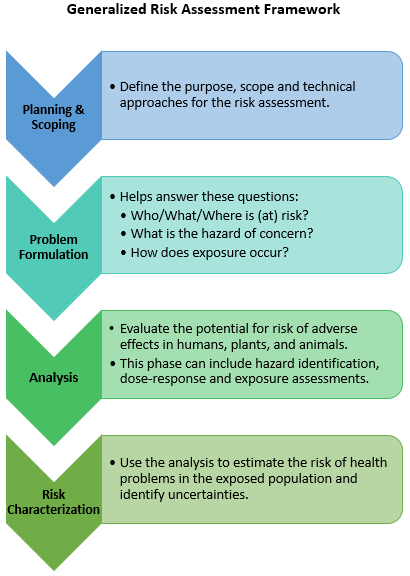
Risk Assessment Of Pollutants In Biosolids Us Epa

What Is Environmental Risk Analysis Company For The Management Of Industrial Waste Emgrisa
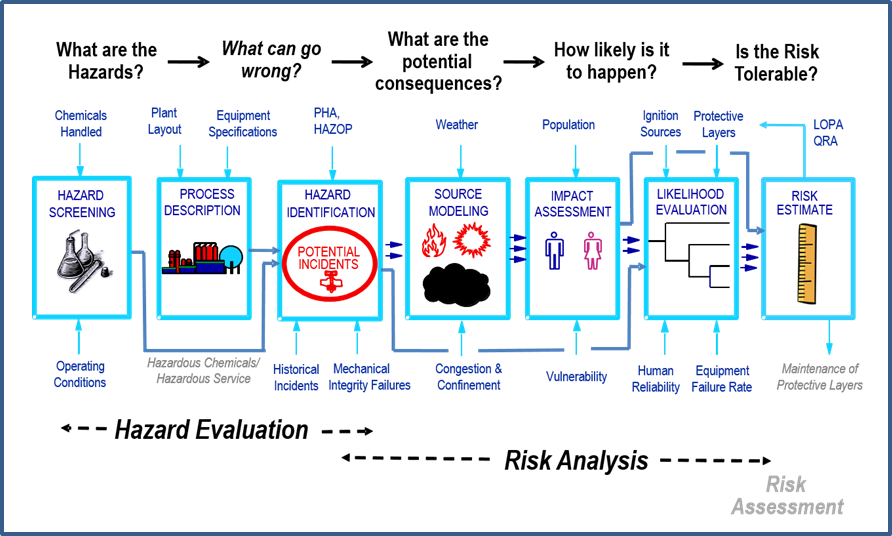
Risk Analysis Screening Tool Rast And Chemical Hazard Engineering Fundamentals Chef Aiche

Risk Assessment Matrix Providing Colored Risk Categories Plus Observed Download Scientific Diagram

Introduction To Hazard Identification And Risk Analysis Aiche

Design Of Experiments For Analytical Method Development And Validation Biopharm International Method Experiments Development
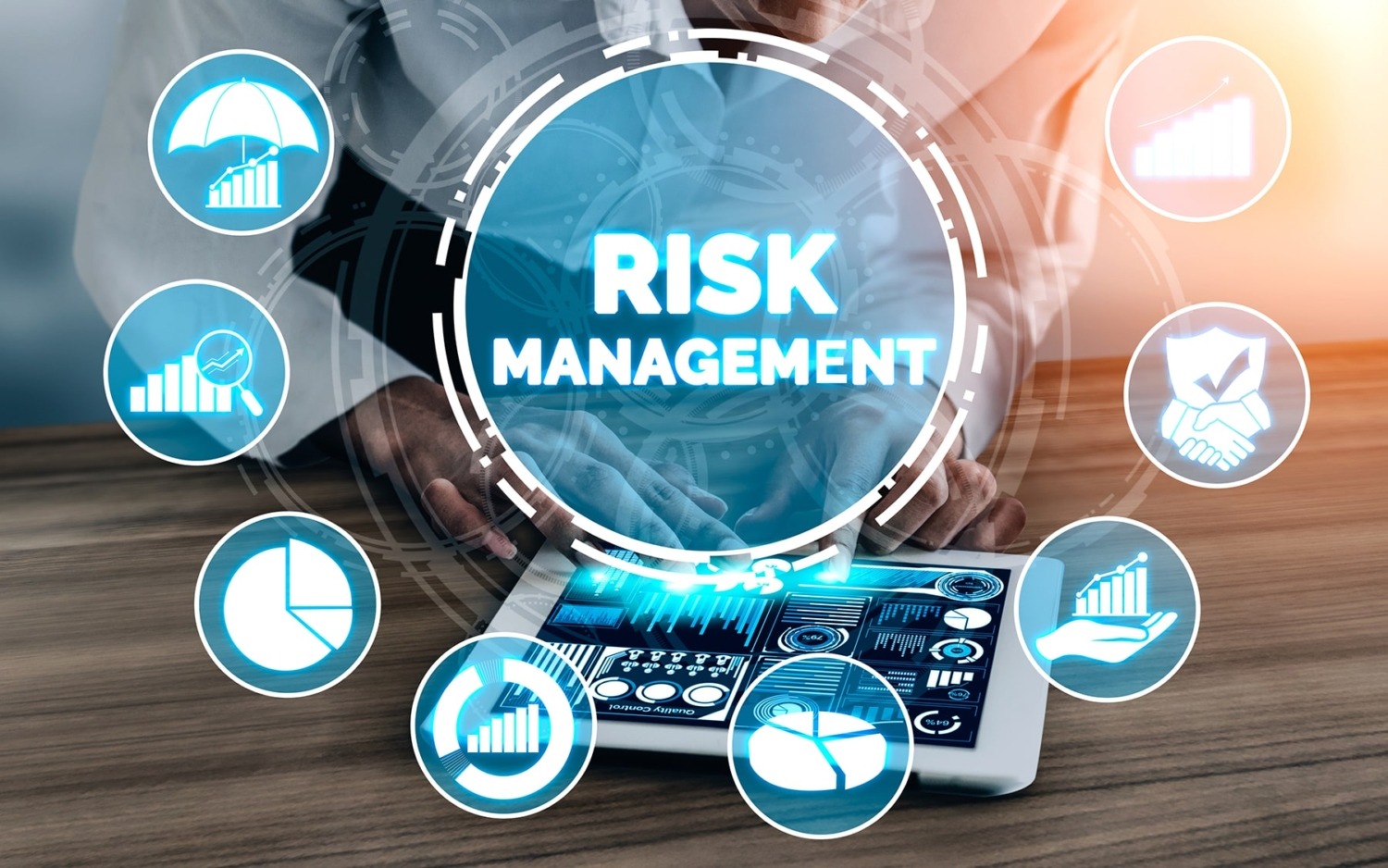
4 Risk Assessment Tools For All Quality Pros Etq

Risk Analysis Screening Tool Rast And Chemical Hazard Engineering Fundamentals Chef Aiche

Reaction Calorimetry As A Tool For Thermal Risk Assessment And Improvement Of Safe Scalable Chemical Assessment Chemical Reactions Indian Journal

Six Steps Of The Environmental Risk Assessment Era And The Download Scientific Diagram

United States Environmental Protection Agency 2017e Exposure Assessment Tools By Chemical Classes 1 December Assessment Tools Assessment Chemical

Generic Risk Assessment Matrix Download Scientific Diagram
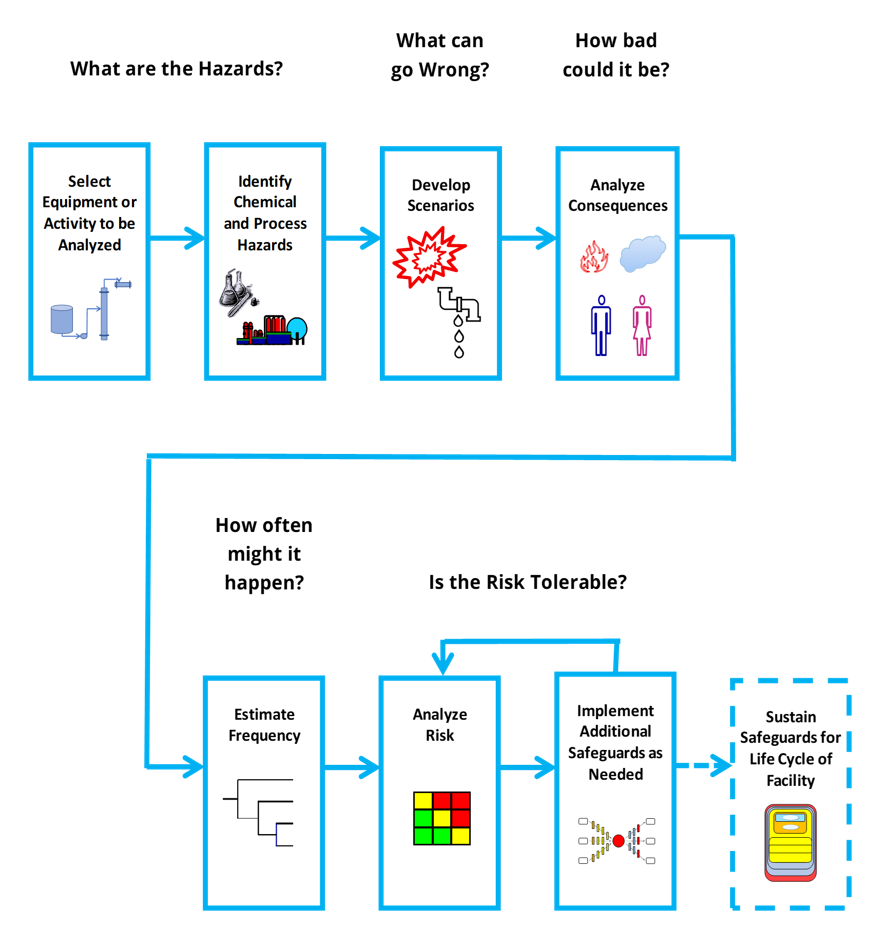
Risk Analysis Screening Tool Rast And Chemical Hazard Engineering Fundamentals Chef Aiche
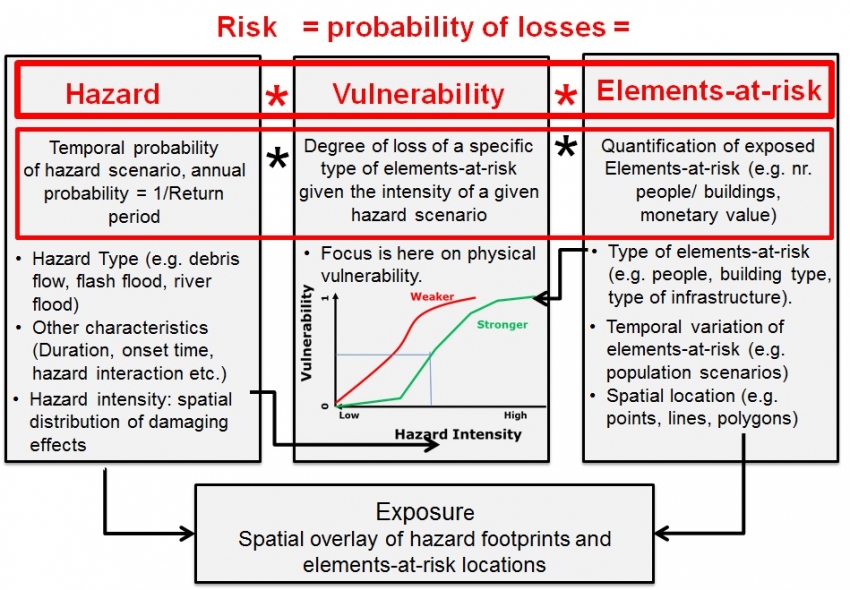
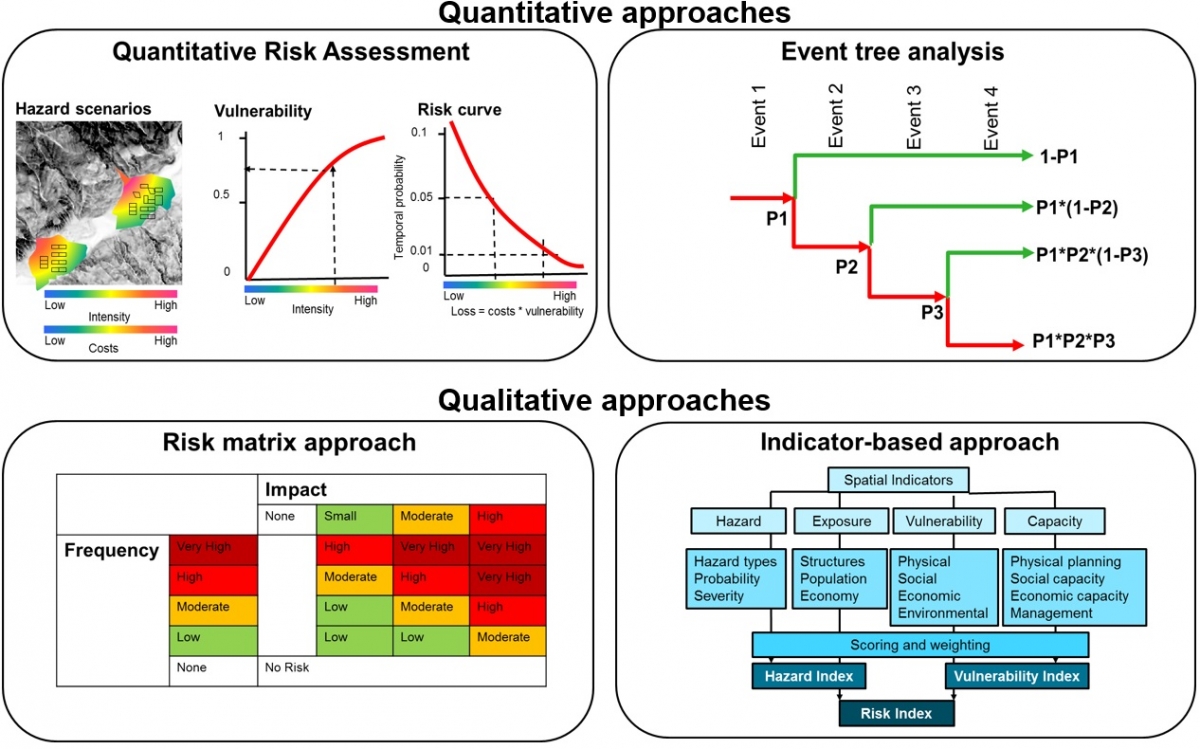

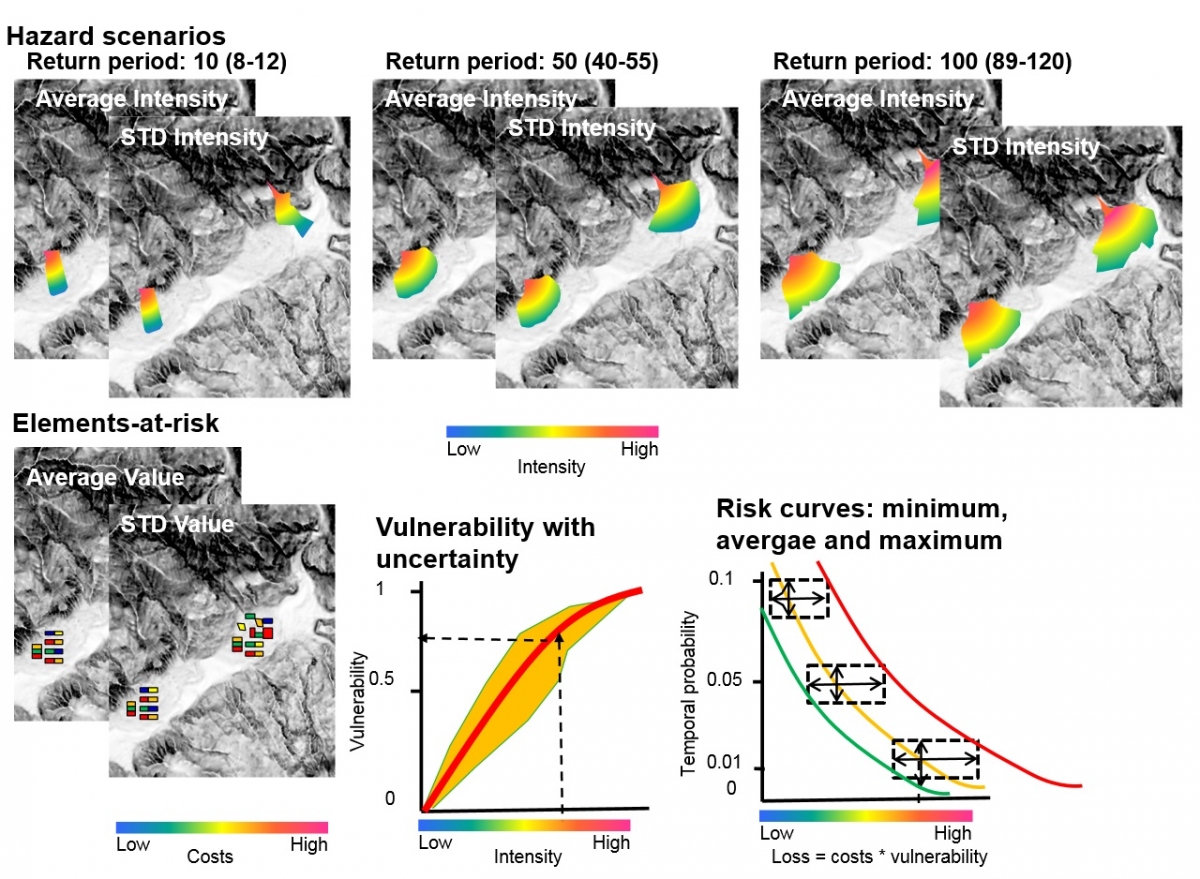
Comments
Post a Comment